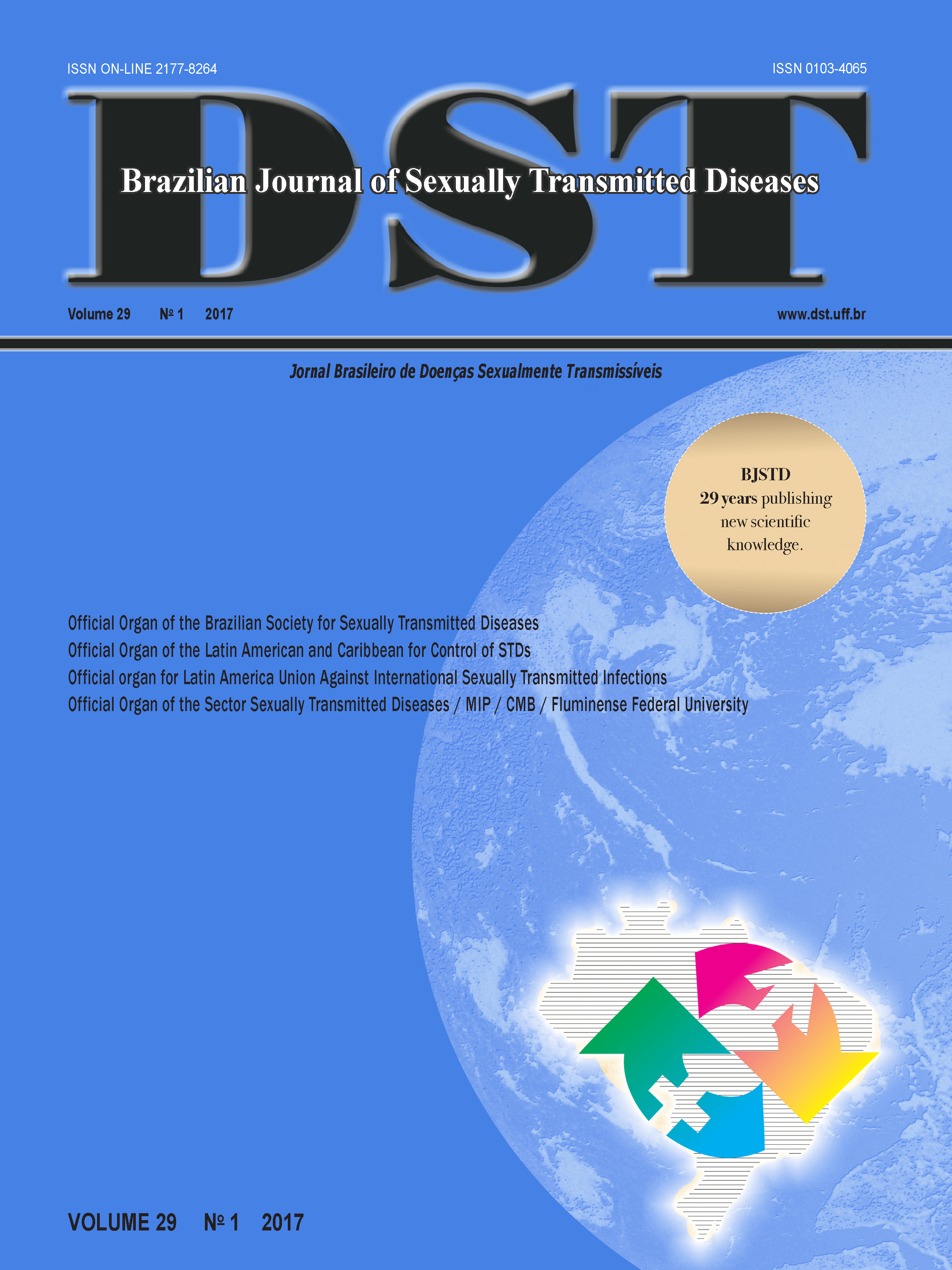Manipulation of autophagy by sexually transmitted infections
new opportunities for intervention
Abstract
Autophagy, from the Greek words meaning “self‑eating”, is an evolutionarily conserved multistep process preserved amongst all eukaryotes to maintain cellular homeostasis(1). It is an intracellular, catabolic process whereby dysfunctional organelles such as mitochondria and inflammasomes, aggregated or unneeded proteins as well as intracellular bacteria and viruses and their components are degraded(2,3). The entities marked for destruction become surrounded by a double membrane structure called an autophagosome. The autophagosome fuses with a lysosome and the sequestered components are catabolized by lysosomal enzymes(4‑6). The resulting amino acids, fatty acids, carbohydrates and nucleic acid components are returned to the cytoplasm to provide additional nutrients for various metabolic processes. [...]












